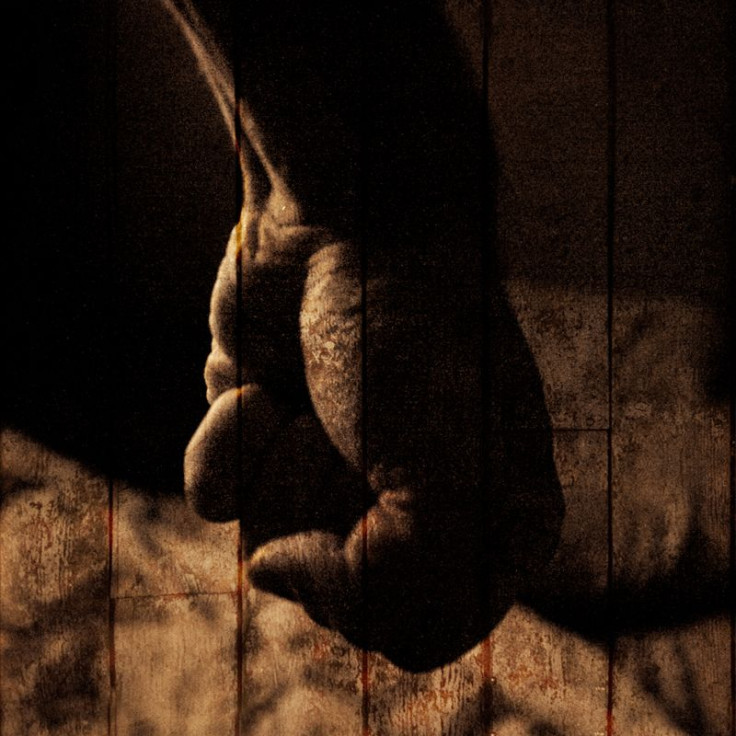Two-Thirds Of Physical Abuse Cases In The UK Happen To Children Under A Year Old

A new study published Monday in Emergency Medicine Journal suggests that the most severe cases of childhood physical abuse happen to the most vulnerable of children — infants under the age of 1.
The UK researchers analyzed over 14,000 childhood injuries that received hospital attention from 2004 to 2013, finding that approximately 5 percent were considered incidents of suspected child abuse. Of those, a whopping 98 percent occurred in children aged 5 or younger, with 76 percent in children under the age of 1. More disturbingly, abuse victims often suffered more severe injuries, more head trauma, and were three times more likely to die from their injuries than their non-abused counterparts (7.6 percent vs 2.6 percent). Boys were slightly more likely to be accused than girls, at 59 percent.
“This study adds to previous studies of child abuse as a cause of major injury, and in the context of major trauma describes a different demography, pattern of injury and presentation of abusive injury compared with accidental injury,” the authors concluded.
Missed Opportunities
The researchers utilized data from the Trauma Audit Research Network (TARN), which in turn collects “important information about the rates of survival for patients who have been injured and treated at different hospitals across England and Wales.” As of 2015, it’s estimated that 96 percent of acute care hospitals report to TARN.
Despite being specific to the UK, the researchers cited evidence from various other countries like the US, Australia, and Israel that broadly agree with their findings. Their study is the first “national overview of severe injuries caused by nonaccidental injury,” in their part of the world, however. A 2013 report by the Children’s Bureau found that U.S. children in their first year of life had the highest rates of victimization among all age groups, though these rates accounted for all type of abuse and neglect. In 2013, 18 percent of the 678,932 victims reported to the National Child Abuse and Neglect Data System (monitored by the Children’s Bureau) were subjected to some degree of physical abuse, a figure that has remained consistent for the past few years.
With these findings, the authors are hopeful they can debunk various myths concerning what the typical abuse victim looks like. “It is interesting to compare the actual age range for abuse to the high-profile cases of child abuse reported in the media who are often older,” they wrote. “This represents a reporting bias that focuses on ‘missed opportunities’ for intervention and prevention (older children inevitably have more time for recognition and intervention) rather than a true picture of the demography of death and severe injury in non-accidental injury.” While older children are no doubt also abused, it’s likely their bodies, simply by virtue of being bigger, are more capable of avoiding major trauma as a result of it.
Presenting an accurate picture of severe physical abuse is paramount, according to the authors, since there “is a danger that this reporting bias influences key staff such as social workers, doctors and teachers [to focus] on older children, when the overwhelming risk of major trauma and death occurs in the first few months of life.”
Source: Davies F, Coats T, Fisher R, et al. A profile of suspected child abuse as a subgroup of major trauma patients. Emergency Medicine Journal. 2015.



























